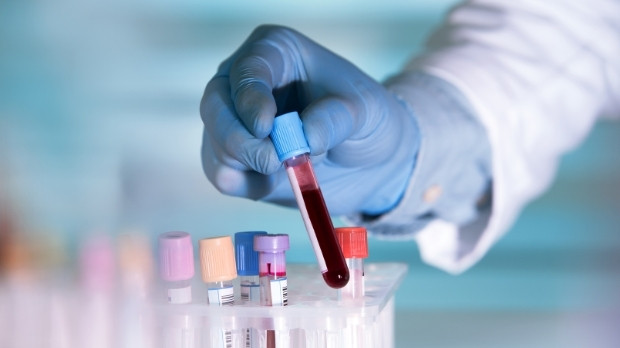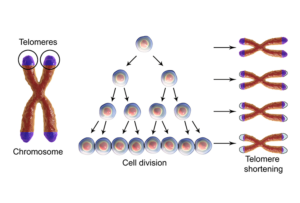The drug discovery process includes establishing various parameters before the drug is approved to be tested on humans and subsequent marketing to the patient population. Pharmacokinetic analysis is a required field of study that helps us understand drug behavior in the human body. Pharmacokinetic (PK) assesses drug movement through a living organism. Bioanalytical services employ PK testing to evaluate all chemical xenobiotics, including pharmaceutical drugs, pesticides, cosmetics, and food additives.
Pharmacokinetic studies evaluate the effect an organism has on the pharmaceutical drug compound. On the other hand, pharmacodynamics studies the effect of a drug on the organism of interest. Both pharmacokinetic and pharmacodynamics data are used to evaluate the drug dosing benefits and adverse effects of the drug compound. The current article highlights the importance of pk analysis in clinical trials. Pharmacokinetic analysis and drug development
Knowledge of drug behavior on its target is crucial because ignoring potential side effects can be detrimental. The drug may cause genotoxic effects or cancer, and hence their adequate knowledge is vital. Pharmacokinetic and pharmacodynamic data provide critical preclinical information about drug efficiency and safety and help researchers design adequate clinical studies. Preclinical PK data through in vitro and in vivo studies help identify potential side effects and tailor initial doses for first-in-human clinical studies.
Pharmacokinetic evaluations involve assessing the absorption, distribution, metabolism, and excretion characteristics of a drug product. An adequately designed and conducted pharmacokinetic study can reduce the downstream attrition of drugs in subsequent clinical and post-marketing studies. Such early data is beneficial in several ways. Pharmacokinetic data not only helps human health but is crucial for reducing financial losses during drug development studies.
Researchers have several standard pharmacokinetic models to assess ADME data during development. Robust preclinical pharmacokinetic assessments provide accurate data on drug behavior and its mechanism on drug targets.
Narcotic consumption has become a significant addiction issue in society. Notably, understanding pharmacokinetic parameters is crucial for drug addiction studies. Researchers working in the field of addiction are focused, particularly on understanding the causal or recreational drug patterns that may be an indicator of drug addiction.
Most studies involving drug addiction focus on the route of self-administration. However, the main concern with this model is that self-administration involves using high levels of drugs. However, drug use in real-life situations is more intermittent.
To overcome this complexity, researchers are currently employing pharmacokinetic principles to address several issues related to the assessment of addiction behavior. An approach based on this principle has proven beneficial in assessing intermittent use of drug abuse in the study population.
Furthermore, pk assays are crucial for immunogenicity testing. Biological drug products may induce unwanted immune responses. Hence solutions such as ADA pharmacokinetic assays can help identify ADA formation and assess any undesirable immune responses.
Conclusion
Pharmacokinetics will always remain a crucial and integral component of drug development. Employing pharmacokinetic principles in drug development studies and combining them with the pharmacodynamic properties of a drug product is an ideal and practical approach to a safer yet accurate assessment of pharmaceutical drug products.
Must Read: Pharmacokinetics Services: What Are They and How Can They Support Drug Development?





